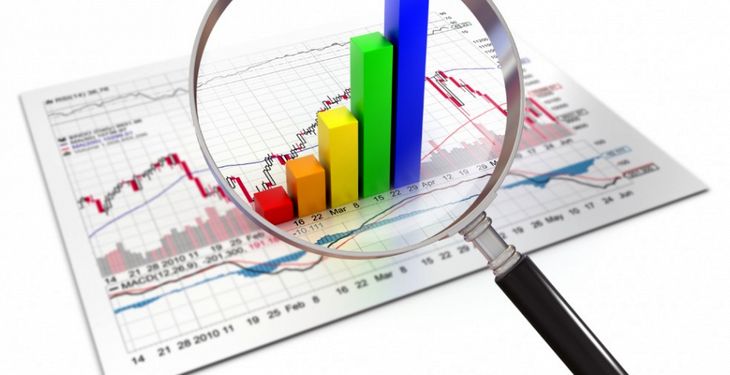Garanti Bank revised its GDP growth forecasts upwards to 3% in 2015 and 3.5% in 2016, according to the bank’s Quarterly Macroeconomic Report, corresponding to the second quarter of 2015.
Garanti Bank’s estimations for 2015 and 2016 are based on the sizable fiscal relaxation planned through the new fiscal code. The VAT cut on food products, from 24% to 9%, is expected to further boost consumption and economic growth. The fiscal stimulus generated by the tax reduction will be especially visible in 2016, adding 0.7 percentage points to GDP.
The first quarter GDP growth came out beyond expectations at 4.3% year on year (yoy).
“The growth is broad-based on all sectors of activity, like industry, services, trade, transportation and constructions. The figures are confirming our optimistic outlook regarding the good economic performance in the next couple of years”, stated Ufuk Tandogan, CEO Garanti Bank.
The IT sector, the fastest growing component of GDP in 2014, registered a 24% growth in the first three months, and has a significant potential this year as well. Garanti Bank estimates that IT will be one of the main drivers for further economic development.
Furthermore, the added value in constructions grew by 6.1% in the first quarter, as compared to the same period last year, driven by the buildings segment, while transportation advanced by 10.7% year on year, nearly twice faster than in the previous quarter. Expectations for 2016 are positive in terms of the construction segment and investments in infrastructure.
The National Bank of Romania should keep the key interest at 1.75% for the rest of the year, according to the quoted Macroeconomic Report. Garanti Bank foreseesa possible new reduction at the beginning of 2016, when inflation should decrease again due to the VAT cut.
Moreover, Garanti Bank specialists estimate a budget deficit of 2% this year and of 2.9% in 2016.
Next year, when general VAT drops 5 percentage points, the budget deficit can come under 3%, according to the Macroeconomic Report, provided that the collection performance is kept as up to now and spendings are carefully watched.

